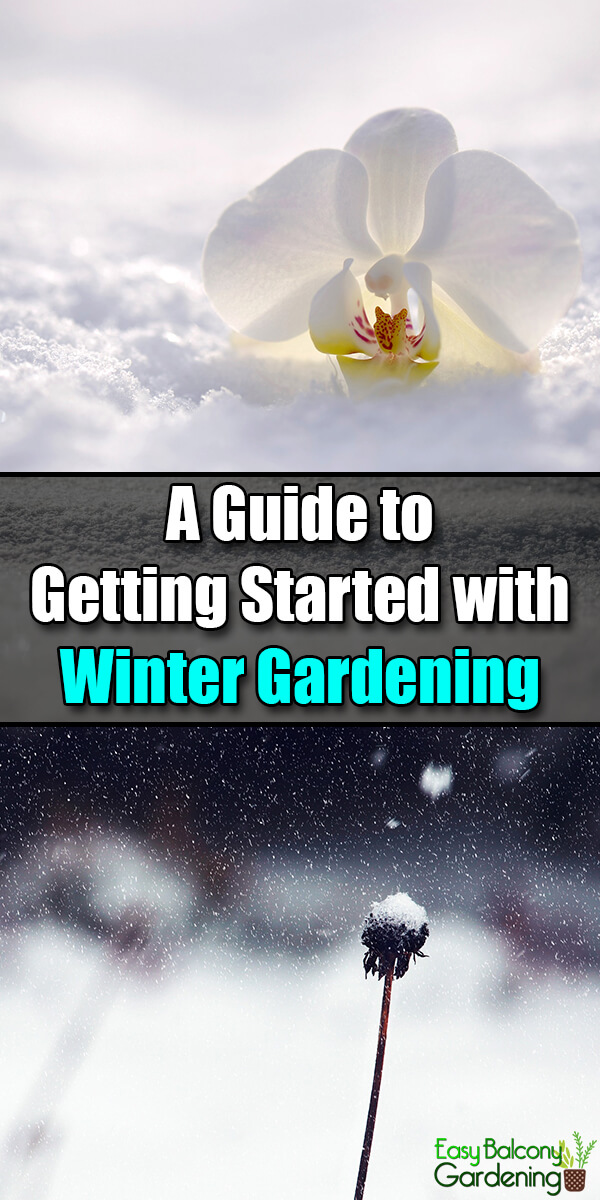Winter gardening preparation means planning what plants and when to grow them so that you can have both color and beauty and some fresh vegetables all year round.
Gardening Zone
If you want a winter garden, you need to know your gardening zone. That means that when planning your vegetables, shrubs, trees, and other garden plants, you have to consider the highest and lowest winter temperatures that you are subjecting them to. Your local extension office can give you invaluable assistance on what garden plants can tolerate your winter conditions. They can give you specific dates of what and when to plant your winter garden.
Mulch Your Soil
Mulching allows you to enjoy your winter vegetables even when the ground is frozen. It also prevents winter weeds as it acts as the soil’s shield from light. To be effective, mulching has to be done prior to the ground being frozen. If you have access to salt marsh hay, it is the best mulch you can use for your winter garden. Unlike straw, you have no problem with weeds. Unlike leaves, you do not have the compaction that winter rain causes. If you have to use leaves, put a layer of plastic on it. In early spring, you should remove the mulch to warm up the soil and prevent the depletion of nitrogen.
Green Manure
Also called cover crop, green manure is an excellent organic material you can add to the soil. Examples of green manure are rye and clover. You either transplant or sow green manure into the prepared soil, or between rows of crops that are about to head. You can also lightly sow green manure under the maturing crops. Wait for the green manure to be decomposed before cultivating your next crop.
Corn Gluten Meal, a Safe Weed and Feed
If you apply corn gluten meal before weeds germinate, your timing is just right. Corn gluten meal is a pre-emergent, controls well the weed seeds from germinating, and feeds your soil. For winter weeds, apply it in the early fall; for spring weeds, apply it at winter’s end. You can effectively use corn gluten meal for vegetable and flower gardens, ornamental plants and trees, herbaceous plants, etc. Remember that corn gluten meal is not a post emergent. That means corn gluten meal does not kill existing weeds.
Excess Debris
Removing and composting excess debris is a very important component of fall and winter gardening. However, you should not compost any diseased plant. Discard them right away to prevent any disease from spreading.
Planning for Plants
To complement your area’s winter, you can think colors of barks, shapes, evergreens, vines, berries, etc. Examples are Japanese Pagodas, Boston ivies, wisterias, pansies, etc. You can also plant some blue fescue. Whatever you fancy, limit the plants to those that will adapt to the winter conditions in your area.
Will Your Chosen Plants Survive the Winter?
Be sure to consult with your local extension agent if you are not sure if the garden plant you want can survive your winter weather. The following are just some plants for your consideration:
- Camellia Sasaquanca – winter-blooming shrub that can flourish in full shade or full sun
- Christmas evergreen fern – grow your own Christmas cheer!
- Daffodil, iris, tulips – plant in late fall or early winter for early blooms in the spring
- Gaultheria – ground cover that has dark green leaves that develop a purplish hue in the winter
- Girard Crimson Azalea – has leaves that turn red or copper in the fall and winter
- Winter Gem Boxwood – foliage that develops a golden bronze hue in the winter and returns to green in the spring
- Winter Jasmine – has flowers that bloom in late winter and early spring
Some Gardening Veggies for Fall, Winter, and Spring
This is just a very small list. If you use cold frames or hot beds, there are a lot more you can add to this list.
- Carrots, Fava beans, beets, turnips
- Endive, escarole, leeks, scallions
- Kale, broccoli, cabbage, Brussels sprouts
- Salad greens, spinach, parsley, lettuce, parsnips
Store Your Fall Vegetables
Late fall and winter, do not forget to store your fall harvest. That is a good time to do it. If you do not have a root cellar, you should find a cool, dry place to store your root crops, winter squashes, beans, etc. Make sure that they do not touch each other to allow circulation and prevent rot. Periodically check your storage for any signs of decay.
A Final Tip
If you know the average date of the first killer frost in your area, you will know when to start planting. Your plants should be fully mature before that killer frost comes. Do not forget to consult your local extension agent. With winter gardening, planting time is very important!








